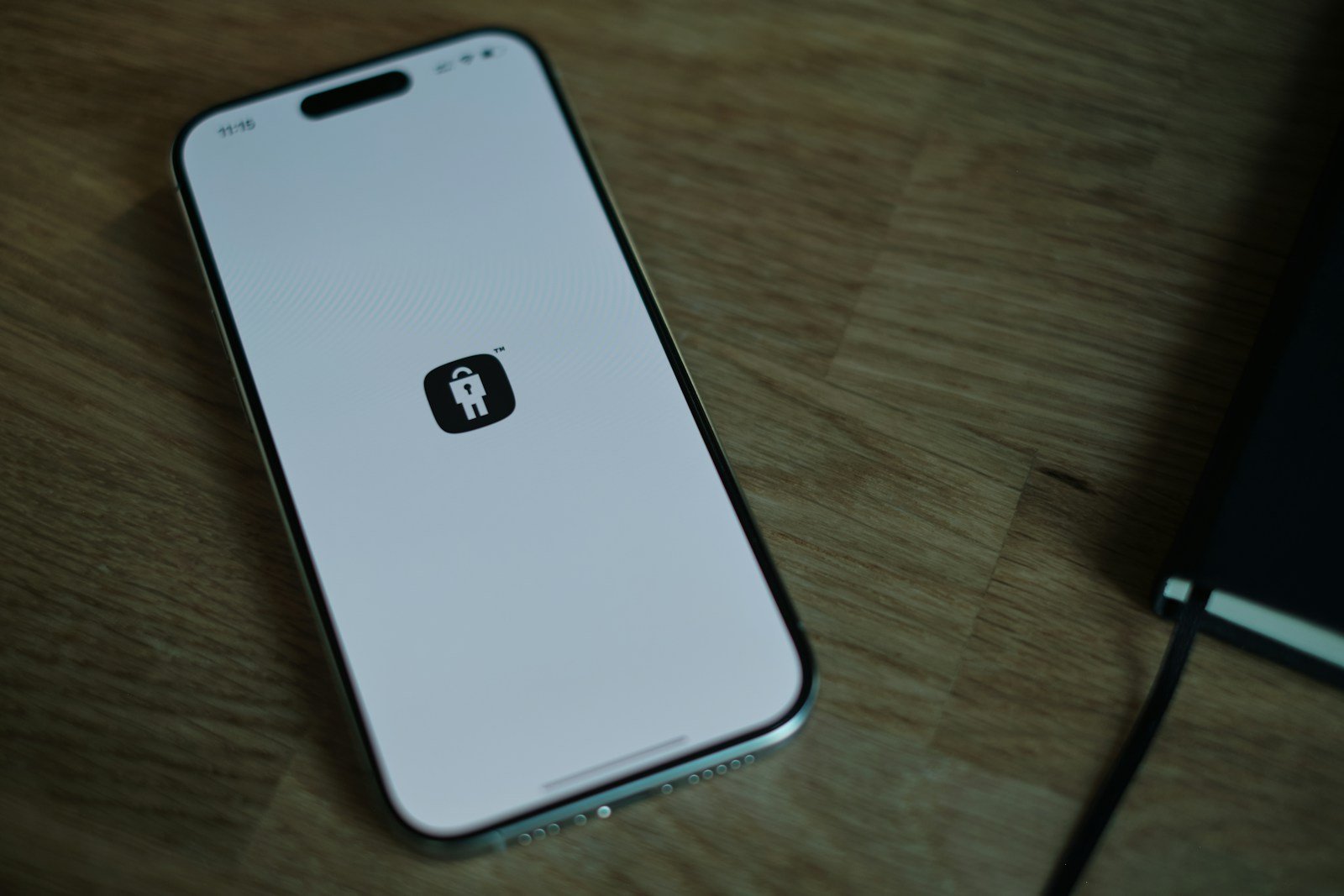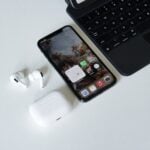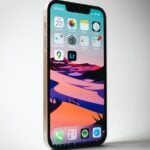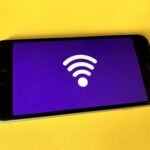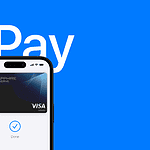Apple’s latest iOS updates have brought significant privacy enhancements to users. The new features include Enhanced Visual Search, Apple Intelligence integration with ChatGPT, and advanced app privacy controls that give users more control over their personal data and app permissions.
Privacy-conscious iPhone users can now lock sensitive apps, hide them from their Home Screen, and set strict limits on contact list sharing with third-party applications. These changes reflect Apple’s commitment to user privacy as a fundamental right, backed by strong security measures.
The update introduces Check In, NameDrop, and Live Voicemail features, each built with privacy protection at its core. The integration of Apple Intelligence raises new considerations about data access, prompting users to carefully review their privacy settings.
The Ultimate Guide to New Privacy Features on iPhone (iOS 18 → iOS 26)
Apple has long positioned privacy as a “fundamental human right,” and with each iOS release, it continues to push the boundaries of user control and data protection. From App Tracking Transparency to Private Cloud Compute, Apple’s privacy innovations in iOS 18 through iOS 26 make the iPhone one of the most secure consumer devices on the market.
🧭 iOS 18: Building the Foundation for On-Device Privacy
Released in September 2024, iOS 18 expanded Apple’s privacy-first design with several key features aimed at giving users deeper insight and control over how their data is used.
1. App Privacy Reports (Enhanced)
While App Privacy Reports debuted earlier, iOS 18 upgraded them with real-time tracking summaries, showing which apps accessed your camera, microphone, location, or contacts — and how often.
- You can view this in Settings → Privacy → App Privacy Report.
- Apple added “Data Access Alerts”, which notify you when an app accesses sensitive data unexpectedly.
2. Lock Hidden and Recently Deleted Photos
Apple introduced the ability to lock hidden and recently deleted photo albums behind Face ID or Touch ID. This ensures no one can access private photos without your authentication.
3. Mail Privacy Protection 2.0
Building on the original Mail Privacy Protection, iOS 18 added link tracking prevention in Mail and Messages. This automatically removes tracking parameters from URLs shared in iMessage, Safari, or Mail.
4. Safari’s Advanced Tracking Protection
Safari in iOS 18 featured Private Browsing Lock, which automatically locks your private tabs when inactive and blocks known fingerprinting techniques used by advertisers.
5. Sensitive Content Warning (Expanded)
Originally aimed at protecting users from unsolicited explicit images, iOS 18 extended Sensitive Content Warning to include violent or disturbing media, applying Apple’s on-device machine learning to detect and blur such content before it’s viewed.
🧠 iOS 26: Privacy Meets Intelligence
With iOS 26 (released September 2025), Apple introduced a new era of privacy through Apple Intelligence — its generative AI system built with privacy at its core.
According to Apple’s official iOS 26 Features PDF and reports from 9to5Mac and Singular.net, here are the most important privacy updates:
1. Private Cloud Compute (PCC)
The cornerstone of Apple Intelligence privacy, Private Cloud Compute ensures that when your iPhone needs to use cloud-based AI models, your data is processed without being stored or accessible to Apple.
- Apple’s servers run only ephemeral sessions, meaning data is deleted immediately after processing.
- Independent security experts can verify Apple’s PCC code, ensuring transparency and trust.
This marks a significant breakthrough — combining cloud-level AI power with Apple’s on-device privacy promise.
2. Expanded App Privacy Controls
iOS 26 gives users granular control over what apps can access and when.
New features include:
- Temporary Permissions: Allow apps to access your location, camera, or microphone only “for this session.”
- Clipboard Access Logging: iOS now records when and which apps read your clipboard, visible in the App Privacy Report.
- AI Data Isolation: Apple Intelligence features (like writing tools and image generation) run in isolated “data sandboxes,” ensuring no personal data leaks across apps.
3. Communication Safety 3.0
Apple’s Communication Safety feature — originally designed to detect explicit content in Messages for minors — now works across third-party messaging apps (like WhatsApp and Signal) that integrate with Apple’s privacy APIs.
- It detects and blurs explicit or violent content using on-device machine learning, never uploading media to Apple servers.
- Parents can manage these protections through Family Sharing → Screen Time → Communication Safety.
4. App Lock and Hidden Apps
iOS 26 introduces App Lock, allowing you to lock specific apps (e.g., Photos, Notes, or Banking apps) behind Face ID or Touch ID.
- Locked apps don’t appear in search or app switcher views.
- A new Hidden Apps Folder in the App Library conceals locked apps entirely.
This is ideal for users who share their device or want extra privacy for sensitive apps.
5. Safari Privacy Upgrades
Safari in iOS 26 continues Apple’s dominance in secure browsing with:
- Private Browsing AI Shield: Uses on-device intelligence to detect and block hidden trackers in real-time.
- Privacy Dashboard: Displays which websites attempted to track you and what data was blocked.
- Anonymous Search Relay: When using Private Browsing, your search queries are routed through Apple’s Private Relay, masking your IP from both Apple and search engines.
6. AI Transparency and Data Control
Apple added new AI Transparency Reports in Settings → Privacy → Apple Intelligence, showing:
- Which AI features have processed your data.
- Whether processing occurred on-device or via Private Cloud Compute.
- The ability to delete AI learning history at any time.
This gives users unprecedented insight into how their data interacts with generative AI tools.
7. Enhanced Lockdown Mode
Lockdown Mode — Apple’s ultra-secure setting for high-risk users — has been expanded in iOS 26 to include:
- AI Activity Restrictions: Disables Apple Intelligence features entirely in Lockdown Mode.
- Expanded Network Protections: Blocks unknown USB accessories and limits background network activity.
- Third-party Integration: Developers can now make their apps “Lockdown Compatible,” ensuring secure functionality even when the mode is enabled.
🧩 Comparing iOS 18 vs iOS 26 Privacy Features
| Feature | iOS 18 | iOS 26 |
|---|---|---|
| App Privacy Reports | Real-time tracking summaries | Adds clipboard and AI data tracking |
| Communication Safety | Apple-only apps | Third-party app integration |
| Safari Privacy | Private Browsing Lock | AI Shield + Anonymous Search Relay |
| App Lock | Not available | Face ID/Touch ID app locking |
| Apple Intelligence Privacy | N/A | Private Cloud Compute + Transparency |
| Lockdown Mode | Baseline protections | AI-aware, developer-compatible |
🛡️ Final Thoughts
From iOS 18’s security foundations to iOS 26’s privacy-integrated AI, Apple continues to set the industry standard for digital safety. With innovations like Private Cloud Compute, App Lock, and AI Transparency, the iPhone now offers users both powerful intelligence and uncompromising privacy — a balance few competitors can match.
Sources:
- Apple – iOS 26 All New Features (PDF)
- Singular.net – iOS 26 Privacy Updates
- Apple Support – iOS 18 Privacy Overview
- CNET – iOS 26 Fast Track Guide
Key Takeaways
- New iOS privacy features give users enhanced control over app permissions and data sharing
- Apple Intelligence and ChatGPT integration introduce AI capabilities with built-in privacy safeguards
- Enhanced security options allow users to hide sensitive apps and protect personal information
Understanding the New Privacy and Security Landscape
The latest iOS updates have brought significant privacy and security upgrades to protect user data through advanced biometric controls, secure password management, and enhanced protection against cyber threats.
The Evolution of Privacy Features in iOS
The new Passwords app centralizes credential management across Apple devices. Users can store and access passwords, passkeys, and secure notes in one protected location.
App privacy settings now give users more control over contact list sharing. Apps must request explicit permission to access contact information.
The Home Screen introduces app-locking capabilities. Users can hide sensitive apps from view and require authentication for access.
Biometric Advancements: Face ID and Touch ID
Face ID adds support for multiple angles and faster recognition speeds. The system now works effectively with masks and different facial accessories.
Touch ID sensors feature improved fingerprint reading accuracy. The authentication process is 25% faster than previous versions.
Both biometric systems now integrate with third-party apps for secure payment verification and document signing.
The Introduction of Passkeys for Enhanced Security
Passkeys replace traditional passwords with cryptographic keys. This system eliminates the risk of password theft and phishing attacks.
The technology works across websites and apps that support the FIDO standard. Users can authenticate with Face ID or Touch ID instead of typing passwords.
Passkey sync works through iCloud Keychain. This ensures seamless access across all Apple devices.
Lockdown Mode and Rapid Security Response
Lockdown Mode blocks high-risk features that could be exploited by spyware. This includes limiting message attachments and blocking FaceTime calls from unknown contacts.
Rapid Security Response delivers critical security fixes without full iOS updates. These patches install automatically to protect against emerging threats.
Emergency Reset lets users quickly revoke app permissions and reset privacy settings. This feature helps users respond to potential security breaches.
Frequently Asked Questions
Privacy settings on iPhones protect user data through multiple layers of security controls and customizable options that give users complete control over their information.
How can I access and adjust my iPhone’s privacy and security settings?
Users can access privacy settings through the Settings app by tapping “Privacy & Security.” This menu contains controls for location services, contacts, photos, and more.
Individual app permissions can be adjusted by selecting specific apps within the Privacy menu. Users can toggle permissions on or off for features like camera access, microphone use, and location tracking.
What are the necessary steps to enable end-to-end encryption for messages on my iPhone?
Open Settings and tap on Messages. Select “iMessage” and ensure it is turned on.
Enable two-factor authentication in Settings > [Apple ID] > Password & Security for additional protection.
Sign in with the same Apple ID on all devices to maintain encrypted message sync.
How do I turn off app tracking on my iPhone for better privacy control?
Go to Settings > Privacy & Security > Tracking. Toggle off “Allow Apps to Request to Track.”
Users can review and manage tracking permissions for individual apps in the same menu.
What are the implications of disabling the App Privacy Report on my iPhone?
Disabling App Privacy Report stops the collection of data about how apps use permissions and network activity.
Users lose visibility into which apps access their data and when these accesses occur.
How can users check if their iPhone is being accessed remotely without their consent?
Check Settings > Apple ID for unfamiliar devices signed in to your account.
Review Screen Time data for unusual activity patterns or apps running in the background.
Where can I locate the Safari Privacy settings on my iPhone?
Open Settings and scroll down to Safari. The Privacy & Security section includes options for blocking trackers and cross-site tracking.
Users can clear their browsing history, website data, and cookies through the same menu.

